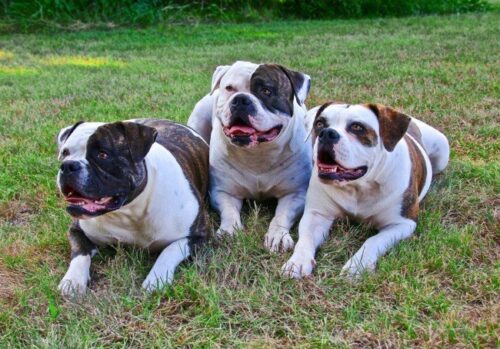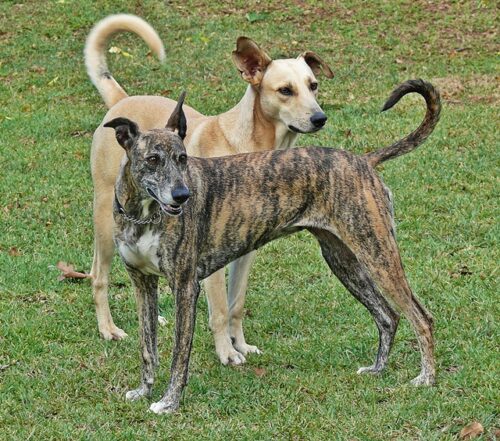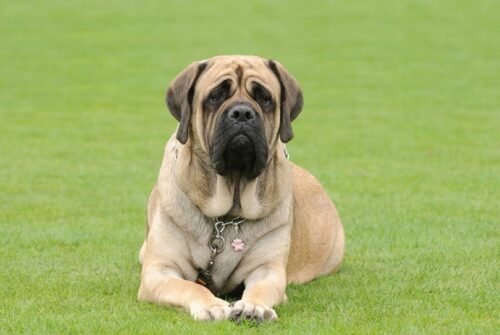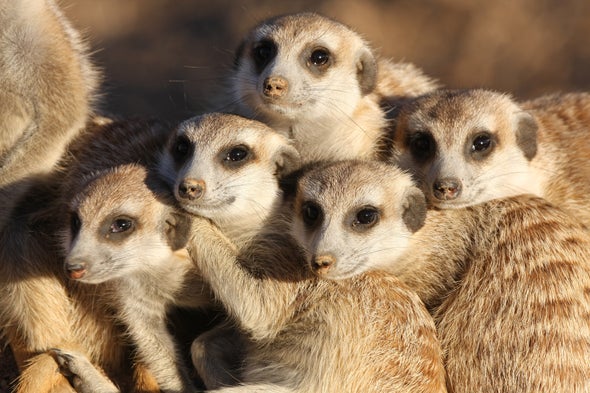Alaskan Klee Kai Dog
INTRODUCTION
Alaskan Klee Kai dogs are Active, Curious, and Territorial dogs these breeds are very affectionate towards their family and are reserved with strangers, and also make excellent companions. These dogs need exercise to keep them fit and healthy both physically and mentally Alaskan Klee Kai dogs are Purebred and not-Hypoallergenic dogs.
- AVG. READING TIME: 5 MINUTES
- UPDATE: 23/03/2020
HABITAT : Polar regions, including tundra and icebergs, Urban areas, including buildings, parks, and gardens
TEMPERAMENT : Curious, Intelligent, Agile, Quick, Active
HYPOALLERGENIC : No
BREED GROUP / TYPE : Group: Non-Sporting. Type: Purebred
SOCIAL UNIT : Family
LOCATIONS : United States
STATUS / POPULATION : DATA DEFICIENT (IUCN) Not a threat category, Population, and distribution data is insufficient for assessment
MAMMALS: DOGS AND RELATIVES – CANIDAE
KEY FACTS
SCIENTIFIC CLASSIFICATION
Kingdom – Animalia
Phylum – Chordate
Class – Mammals
Order – Carnivora
Family – Canidae
Genus – Canis
Genus Species – Canis lupus
INTERESTING FACTS
1- The Alaskan klee kai is an intelligent, high-activity dog. However, they are not “hyper.” Unlike other husky breeds, they are highly trainable and make good watchdogs
-
CALLING NAMES / SCIENTIFIC NAME
Calling names: Alaskan Klee Kai, Miniature Alaskan Husky
Scientific name: Canis lupus -
COLOUR VARIATIONS
White, Gray & White, Red & White, Black & White
-
COAT TYPE
Double coat
-
LIFE SPAN
12 - 16 years
-
APPROXIMATE SIZE : LENGTH / HEIGHT
Height: 38 - 43 cm
-
TAIL
The tail should be well furred and set on just below the level of the topline. The preferred tail carriage is a loose, natural curl, which falls to the center of the back or drapes to either side of the body
-
WEIGHT
7.3 - 10 kg
-
BREEDING SEASON
Throughout the year
-
REPRODUCTION / GESTATION PERIOD
Reproduction: One or two times a year
Gestation period: 63 days -
LITTER SIZE
Around 1 to 5 pups
-
LOOK A LIKE
Husky
-
FARM ANIMAL
No
-
FOUNDED IN / DISCOVERED
1970s
-
ORIGIN
United States
-
DISTRIBUTION
Nationwide
-
OCCURRENCE
Families :
Species : -
FUEL FOR LIFE / TROPHIC LEVEL
Omnivores
-
TO HUMANS
They don't much care for strangers and require lifelong socialization training if they are to be friendly to new people. Their wariness of new faces does, however, make them excellent watchdogs
-
AS A PET
Recommended
-
KIDS FAVOURITE
Yes





